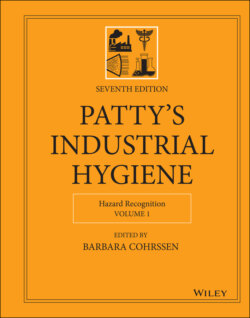Читать книгу Patty's Industrial Hygiene, Hazard Recognition - Группа авторов - Страница 52
5 BUSINESS CASE FOR EHS ETHICS
ОглавлениеIn addition to the personal and societal benefits of ethical behavior, there are professional and commercial benefits to the individual and the organization of utilizing ethical approaches to health and safety. According to Wachter, these include building trust and loyalty among employees, shareholders, and the public; avoiding fines due to non‐compliance, and limiting government intervention. Obvious examples of the failure to operate ethically include the Enron financial scandal and the Bernie Madoff Ponzi scheme, and more recently, Wells Fargo's creation of millions of fake accounts, and Volkswagen cheating on emissions tests.
When scandals eventually come to light, as they did in the above‐mentioned examples, clients, consumers, and shareholders lose faith in the companies, share prices drop, fines are levied, and in some cases, individuals – including CEOs – go to jail. The examples provided are at one extreme, but one can imagine the same types of events on a smaller scale: a consulting company underbidding a contract and cutting corners to complete a project or a health and safety professional overstating their qualifications and missing an important violation in an internal audit resulting in a citation fromxs OSHA.
Health and safety is often considered a cost, one frequently framed as at odds with production. However, there is evidence that, in addition to the right thing to do and preventing major incidents that can result in the kind of reputational and/or economic insult that gets the attention of CEOs, good health and safety programs can result in savings and increased productivity.
According to OSHA's webpage on Business Case for Safety and Health, “In its 2017 Workplace Safety Index, Liberty Mutual estimated that employers paid more than $1 billion per week for direct workers' compensation costs for disabling, non‐fatal workplace injuries in 2014” (15). An article published by researchers at Liberty Mutual, Harvard University, University of Wisconsin, Oshkosh, and Colorado State University, showed that most executives said that for every dollar their company spent on workplace safety, they saved at least three dollars. The authors also stated that financial decision makers, on average, reported that for every dollar spent improving the workplace approximately $4.41 would be returned.8 One study, published in the American Society of Safety Engineers Journal of SH&E Research, showed improvements in operating performance in manufacturing (16) and another study showed Corporate Health Achievement Award winners outperformed the market (17).
